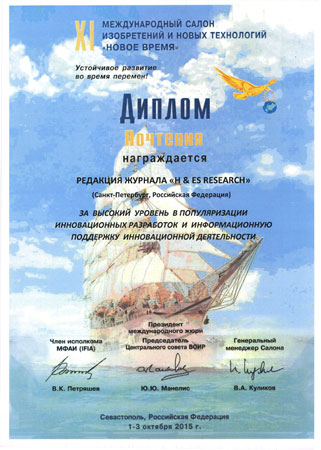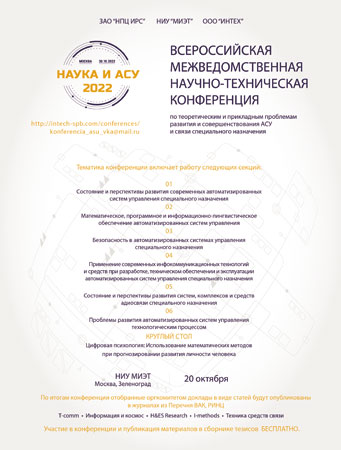In work the factors causing an error of bilateral and interval methods of the solution of ODE are considered. Examples are given to illustrate the exponential nature of the error growth of the considered methods.
Comparison with traditional real methods is carried out. An interval method for solving rigid ODE systems that is stable on the whole numerical axis. Bilateral methods with a posteriori error estimation with significantly improved computational qualities for the case of large integration intervals are proposed. This paper describes an interval method for numerical integration of initial value problems, which is effective for a practically important class of rigid ODE systems and has convergence and stability on an infinite interval. The Cauchy problem for an Autonomous nonlinear ODE system is considered without limitation of generality. Values of initial conditions are given with an error. It is assumed that the solution of the initial problem exists only and belongs to class C1. Duhamel integral is used to construct the computational method.The use of this formula leads to two types of computational methods: a multistage interval method based on the solution of the Volterra integral equation,
Convergence and asymptotic stability of the numerical method with respect to perturbations in initial conditions are proved. Another interval method, derived from the Duhamel equation, is a one-step finite difference method in which the interval estimate of the solution at each step is calculated recursively by the values of the corresponding estimate at the previous step. With equal accuracy, the methods have a number of advantages and disadvantages. The first method is algorithmically simple, but the time spent using it increases in proportion to the square of the number of integration steps. The second method is characterized by an order of magnitude smaller total computational cost, linearly dependent on the number of steps of integration as in conventional (i.e. real) methods of integration of odes. However, in General, to ensure the convergence and stability of the second method on the infinite integration interval, a special replacement of variables is required, which complicates the algorithm of calculations. The second method is an interval generalization and development of the so-called semi-analytical method used for the calculation of electrical circuits in the case where the time constants of different parts of the circuit are significantly different. Despite the additional difficulties associated with the calculation of the exponential matrix, this method provides a multiple time gain in practical calculations.



















